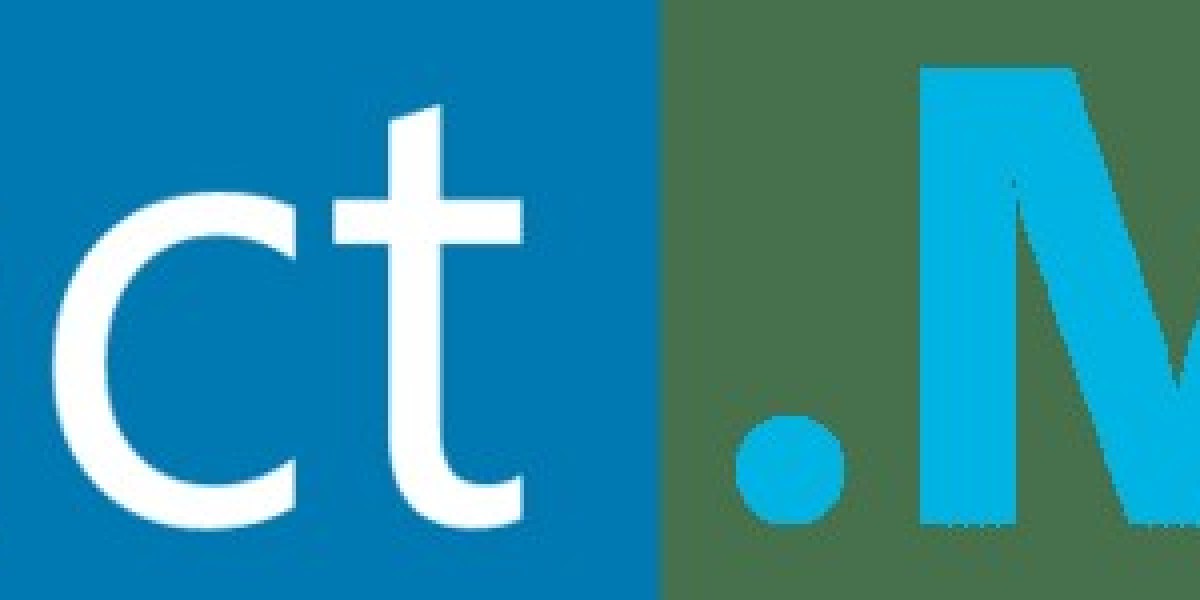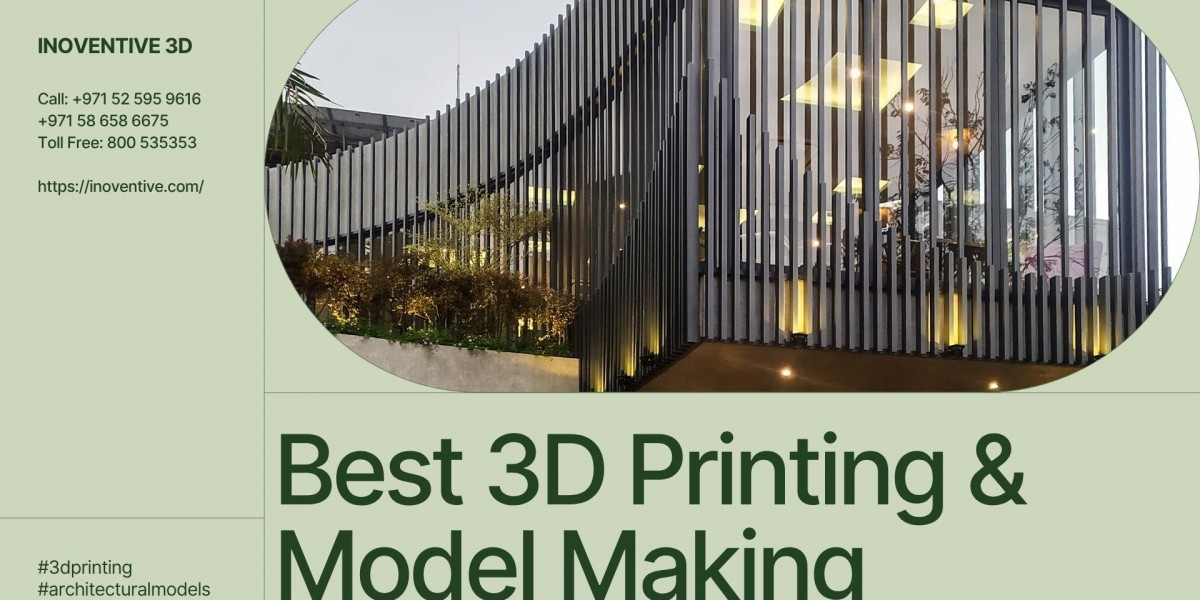The global lymphoma treatment market is entering a new era of accelerated growth driven by rapid advancements in immunotherapy, CAR-T cell therapy, and precision diagnostics. Industry analyses indicate the market is projected to expand from approximately USD 8.1 billion in 2025 to USD 16.6 billion by 2034, reflecting a robust 8.3% compound annual growth rate (CAGR) over the forecast period. Long-range projections from multiple market intelligence models suggest this momentum could push global revenue beyond USD 18–27 billion by 2035, depending on adoption rates and regulatory developments.
Innovation Drives a Rapidly Expanding Market
Over the past decade, lymphoma treatment has undergone a significant transformation. Traditional chemotherapy-dominated regimens are steadily being replaced—or supplemented—by targeted biologics, immune checkpoint inhibitors, bispecific antibodies, and advanced CAR-T therapies. These innovations have substantially improved remission rates in both Hodgkin lymphoma (HL) and non-Hodgkin lymphoma (NHL), reshaping the global therapeutic landscape.
Industry assessments show that non-Hodgkin lymphoma (NHL) remains the largest disease segment, accounting for over 86% of global market share in some evaluations. This dominance is attributed to the considerably higher incidence of NHL relative to HL, as well as an active research pipeline focused on aggressive subtypes such as diffuse large B-cell lymphoma (DLBCL).
Key Market Growth Drivers
1. Rising Incidence and Better Detection
The number of diagnosed lymphoma cases continues to rise worldwide due to population aging, increased exposure to environmental risk factors, and enhanced screening capabilities. With molecular diagnostics, next-generation sequencing, and advanced imaging becoming more accessible, early detection rates have improved significantly—expanding the treatable patient pool.
2. Immunotherapies Transforming Treatment Paradigms
Immunotherapy is now the backbone of modern lymphoma care.
Key therapeutic classes driving market expansion include:
Monoclonal antibodies, widely used as first-line or adjunct treatments
Checkpoint inhibitors, increasingly utilized for relapsed/refractory disease
CAR-T cell therapies, showing exceptional results in difficult-to-treat subtypes
Bispecific antibodies, offering off-the-shelf alternatives to CAR-T
Several leading drug categories continue to dominate revenue, with one long-established monoclonal antibody holding roughly 29% of the global market. Meanwhile, anti-PD-1 immunotherapies are growing at double-digit annual rates—approaching 19% CAGR in some forecasts due to rapid expansion into new patient populations.
3. Regulatory Tailwinds and Accelerated Approvals
Global health authorities are increasingly fast-tracking breakthrough therapies for aggressive lymphoma types. This trend has enabled quicker commercial introductions, shorter review cycles, and broader patient access across major markets.
4. Expansion of Cancer Care Infrastructure
Healthcare investment is rapidly increasing in emerging regions. Upgraded oncology centers, new radiotherapy and immunotherapy units, and improved drug distribution networks are enabling higher treatment adoption, especially in Asia-Pacific, the Middle East, and parts of Latin America.
Market Segmentation Insights
• By Disease Type
Non-Hodgkin Lymphoma (NHL): Largest share, driven by high prevalence and strong biologics adoption
Hodgkin Lymphoma (HL): Smaller but steadily growing—immunotherapy has significantly improved refractory case outcomes
• By Therapy Class
Targeted therapy and immunotherapy dominate revenue
CAR-T therapy is the fastest-growing, albeit with high cost barriers
Chemotherapy remains widely used but continues to decline in share as novel options expand
• By Distribution Channel
Hospital pharmacies maintain the largest share—approximately 36%—due to the specialized nature of immunotherapy and CAR-T administration.
Regional Market Outlook
North America
The region holds nearly 50% of total global revenue due to advanced biotech infrastructure, strong reimbursement models, and high adoption of next-generation therapies. The United States continues to lead in clinical trial activity and uptake of specialty biologics.
Europe
Europe remains a mature but innovation-driven market with strong support for biosimilars, advanced diagnostics, and patient assistance programs. Uptake of new therapies is accelerating as regulatory harmonization improves.
Asia-Pacific
Expected to be the fastest-growing region through 2034. Contributing factors include increasing cancer incidence, government investment in oncology, broader insurance coverage, and expanding access to CAR-T manufacturing facilities.
Latin America, Middle East & Africa
Growth is steady but varies widely by country. Urban cancer centers continue to adopt targeted therapies, though access and reimbursement remain key challenges.
Industry Challenges
Despite strong momentum, the market faces structural and economic hurdles:
High treatment costs, particularly for cell therapies
Manufacturing constraints associated with biologics and autologous cell therapies
Variability in reimbursement, often delaying patient access
Shortages of trained oncology specialists in developing markets
These challenges present opportunities for companies developing cost-efficient manufacturing platforms, decentralized CAR-T production models, and biosimilars.
Browse Full Report : https://www.factmr.com/report/lymphoma-treatment-market
Opportunities for Stakeholders
Personalized medicine: Biomarker-driven therapies are expanding rapidly
AI-powered diagnostics: Improving subtype identification and predicting treatment response
Next-generation CAR-T platforms: Off-the-shelf allogeneic therapies expected to shift the cost curve
Strategic collaborations between pharma, biotech, and research institutes to accelerate cell therapy production








